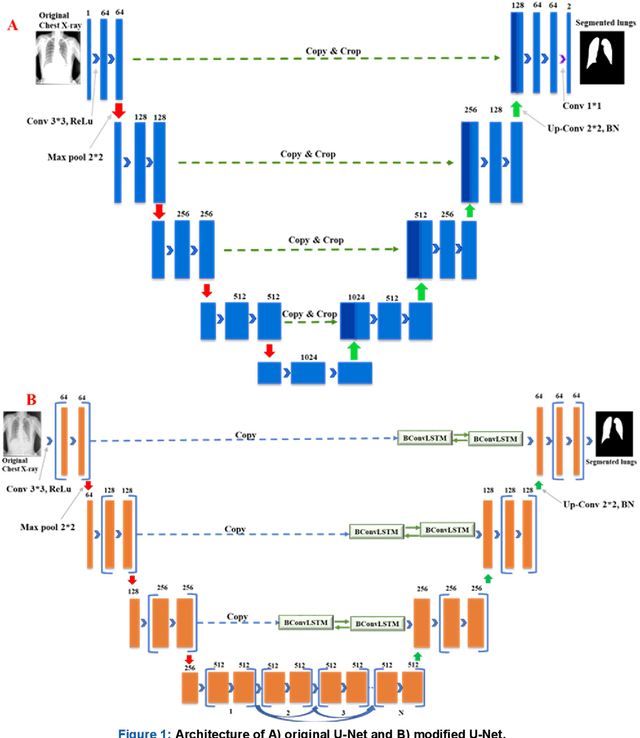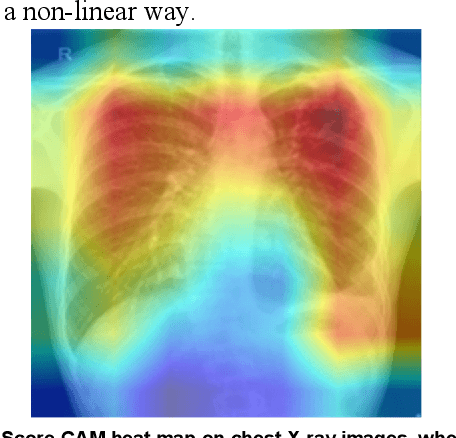Mohamed Arselene Ayari
Harnessing Smartphone Sensors for Enhanced Road Safety: A Comprehensive Dataset and Review
Nov 13, 2024Abstract:Severe collisions can result from aggressive driving and poor road conditions, emphasizing the need for effective monitoring to ensure safety. Smartphones, with their array of built-in sensors, offer a practical and affordable solution for road-sensing. However, the lack of reliable, standardized datasets has hindered progress in assessing road conditions and driving patterns. This study addresses this gap by introducing a comprehensive dataset derived from smartphone sensors, which surpasses existing datasets by incorporating a diverse range of sensors including accelerometer, gyroscope, magnetometer, GPS, gravity, orientation, and uncalibrated sensors. These sensors capture extensive parameters such as acceleration force, gravitation, rotation rate, magnetic field strength, and vehicle speed, providing a detailed understanding of road conditions and driving behaviors. The dataset is designed to enhance road safety, infrastructure maintenance, traffic management, and urban planning. By making this dataset available to the community, the study aims to foster collaboration, inspire further research, and facilitate the development of innovative solutions in intelligent transportation systems.
Reliable Tuberculosis Detection using Chest X-ray with Deep Learning, Segmentation and Visualization
Jul 29, 2020



Abstract:Tuberculosis (TB) is a chronic lung disease that occurs due to bacterial infection and is one of the top 10 leading causes of death. Accurate and early detection of TB is very important, otherwise, it could be life-threatening. In this work, we have detected TB reliably from the chest X-ray images using image pre-processing, data augmentation, image segmentation, and deep-learning classification techniques. Several public databases were used to create a database of 700 TB infected and 3500 normal chest X-ray images for this study. Nine different deep CNNs (ResNet18, ResNet50, ResNet101, ChexNet, InceptionV3, Vgg19, DenseNet201, SqueezeNet, and MobileNet), which were used for transfer learning from their pre-trained initial weights and trained, validated and tested for classifying TB and non-TB normal cases. Three different experiments were carried out in this work: segmentation of X-ray images using two different U-net models, classification using X-ray images, and segmented lung images. The accuracy, precision, sensitivity, F1-score, specificity in the detection of tuberculosis using X-ray images were 97.07 %, 97.34 %, 97.07 %, 97.14 % and 97.36 % respectively. However, segmented lungs for the classification outperformed than whole X-ray image-based classification and accuracy, precision, sensitivity, F1-score, specificity were 99.9 %, 99.91 %, 99.9 %, 99.9 %, and 99.52 % respectively. The paper also used a visualization technique to confirm that CNN learns dominantly from the segmented lung regions results in higher detection accuracy. The proposed method with state-of-the-art performance can be useful in the computer-aided faster diagnosis of tuberculosis.
 Add to Chrome
Add to Chrome Add to Firefox
Add to Firefox Add to Edge
Add to Edge